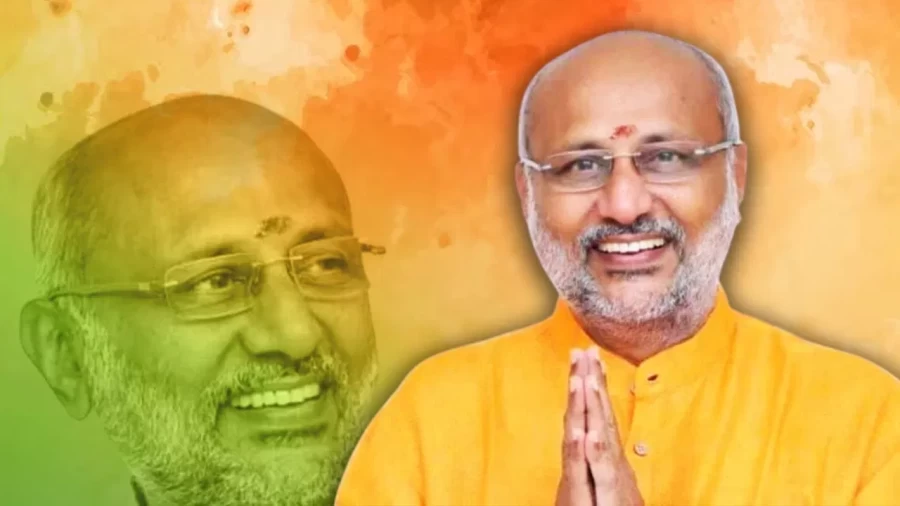In a vote that underscored both the ruling coalition’s numerical edge and its ideological continuity, C.P. Radhakrishnan, a long-time Bharatiya Janata Party leader and Rashtriya Swayamsevak Sangh (RSS) veteran, was elected on Tuesday as India’s 15th Vice President.
Radhakrishnan, 68, defeated opposition-backed candidate B. Sudershan Reddy by 152 votes in a contest decided by members of both Houses of Parliament. Of the 781 electors, 767 cast ballots, with Radhakrishnan securing 452 valid votes against Reddy’s 300. Fifteen ballots were declared invalid.
A Political Life Rooted in Tamil Nadu
Born in Tiruppur, Tamil Nadu, in 1957, Radhakrishnan began his political journey as a teenage recruit of the RSS before rising through the ranks of the Bharatiya Janata Sangh, the BJP’s ideological predecessor. Twice elected to the Lok Sabha from Coimbatore in 1998 and 1999, he went on to lead the BJP’s Tamil Nadu unit in the early 2000s, earning a reputation for discipline and organizational skill in a state where the party has long struggled to establish deep roots.
The Governor Who Bridged States
In the last decade, Radhakrishnan has served in a series of gubernatorial appointments, including Jharkhand, Telangana, Puducherry, and most recently Maharashtra. These roles, largely ceremonial but politically sensitive, strengthened his image as a steady hand who maintained cordial ties across political divides, even in states where the BJP had limited influence.
A Message Beyond Numbers
For the ruling National Democratic Alliance, his election carries both symbolic and strategic weight. Radhakrishnan is not only an RSS loyalist but also hails from an OBC community in Tamil Nadu, a region where the BJP continues to seek greater acceptance. His rise to the vice presidency is being framed within party circles as a signal of inclusivity paired with ideological steadfastness.
In his first remarks after the results, he described his election as a “triumph of nationalistic ideology,” pledging to dedicate his tenure to “the nation’s development and unity.”
Looking to the Rajya Sabha
When he takes his oath on September 12, Radhakrishnan will assume the role of ex officio Chairman of the Rajya Sabha, a chamber where tempers often run high and procedural discipline is fiercely tested. His ability to manage the upper house — balancing the opposition’s challenges with the government’s legislative ambitions — will determine how this otherwise ceremonial office shapes parliamentary life in the years ahead.

